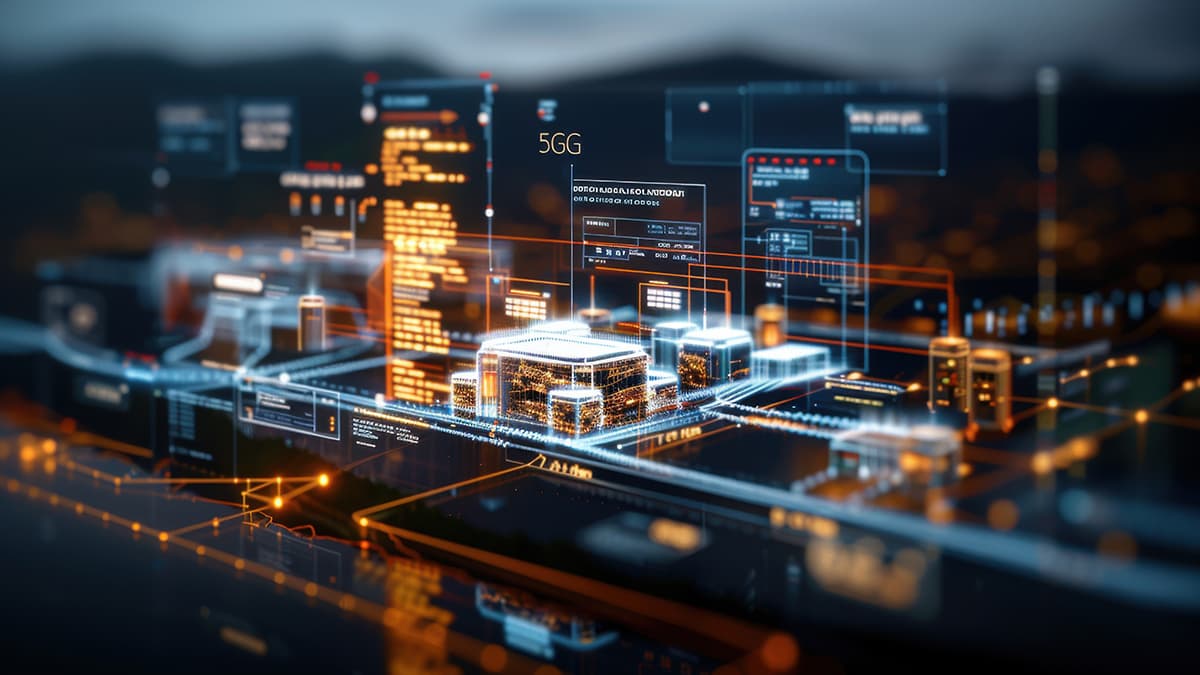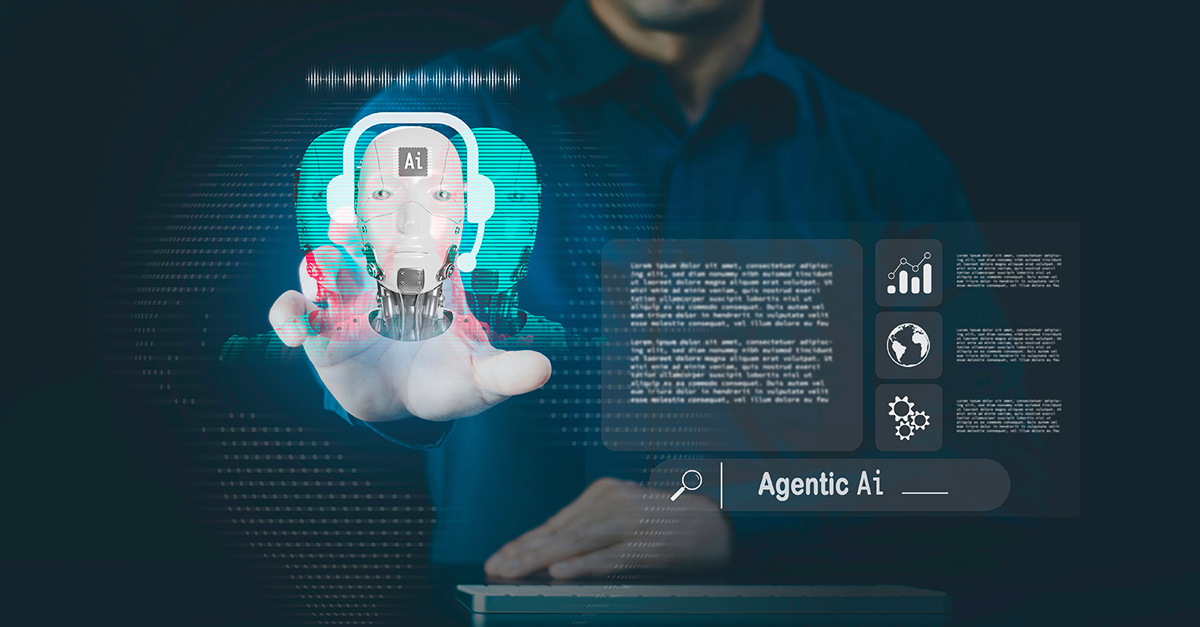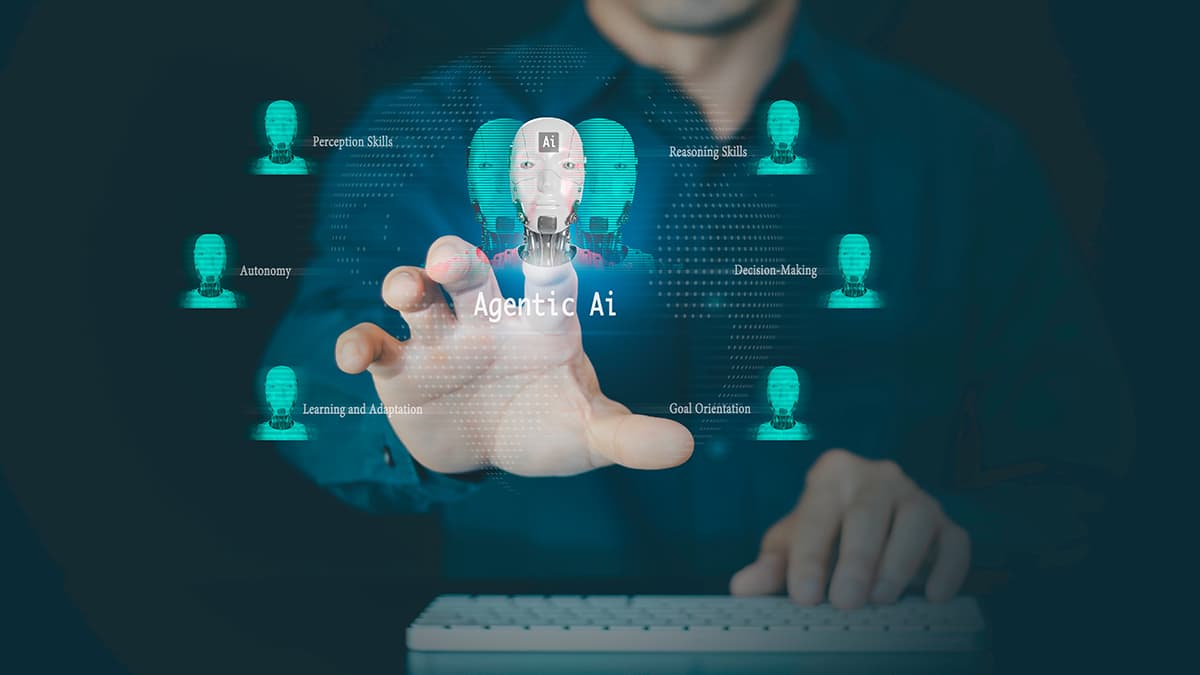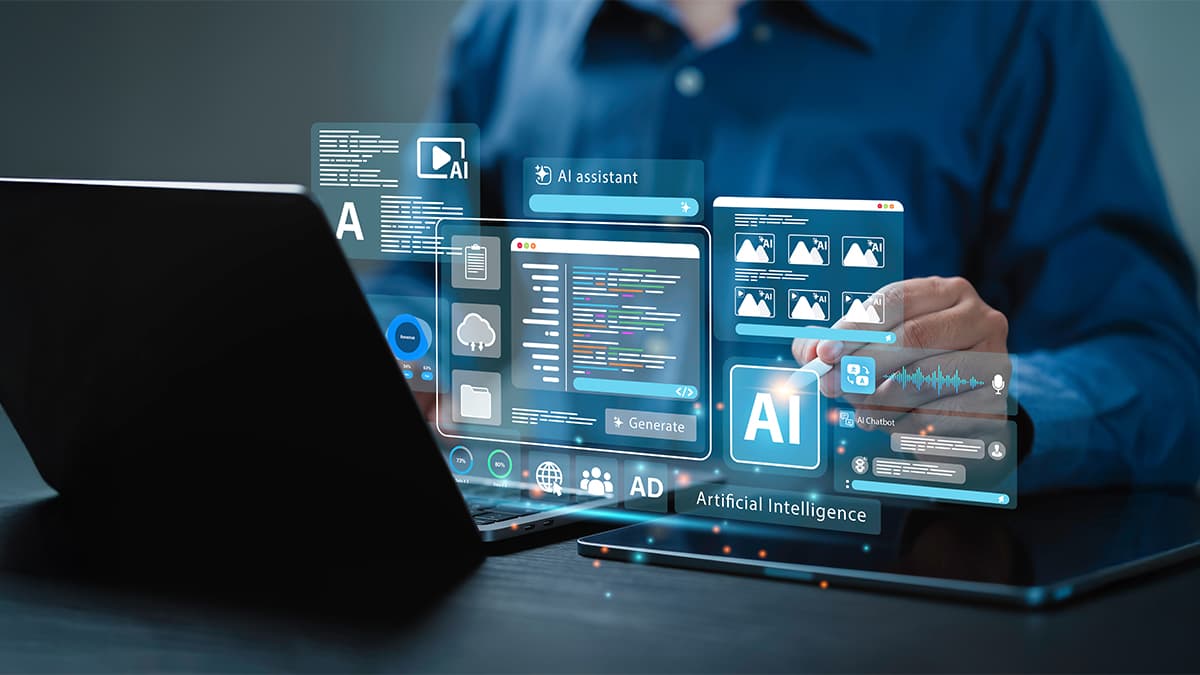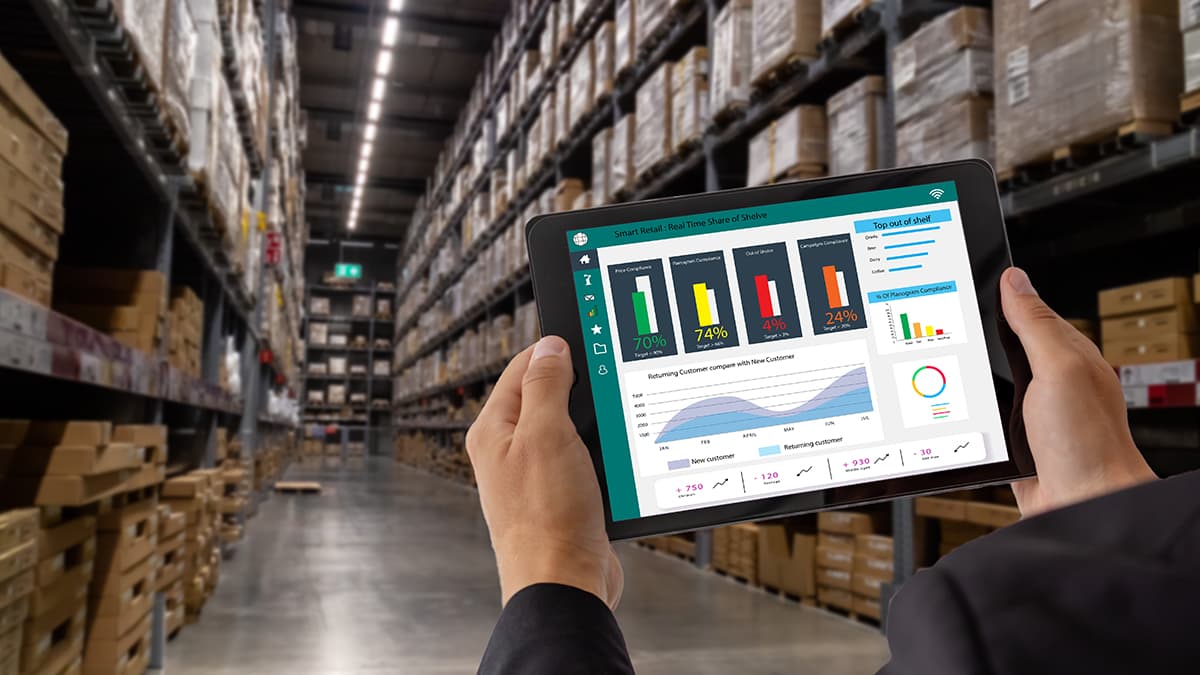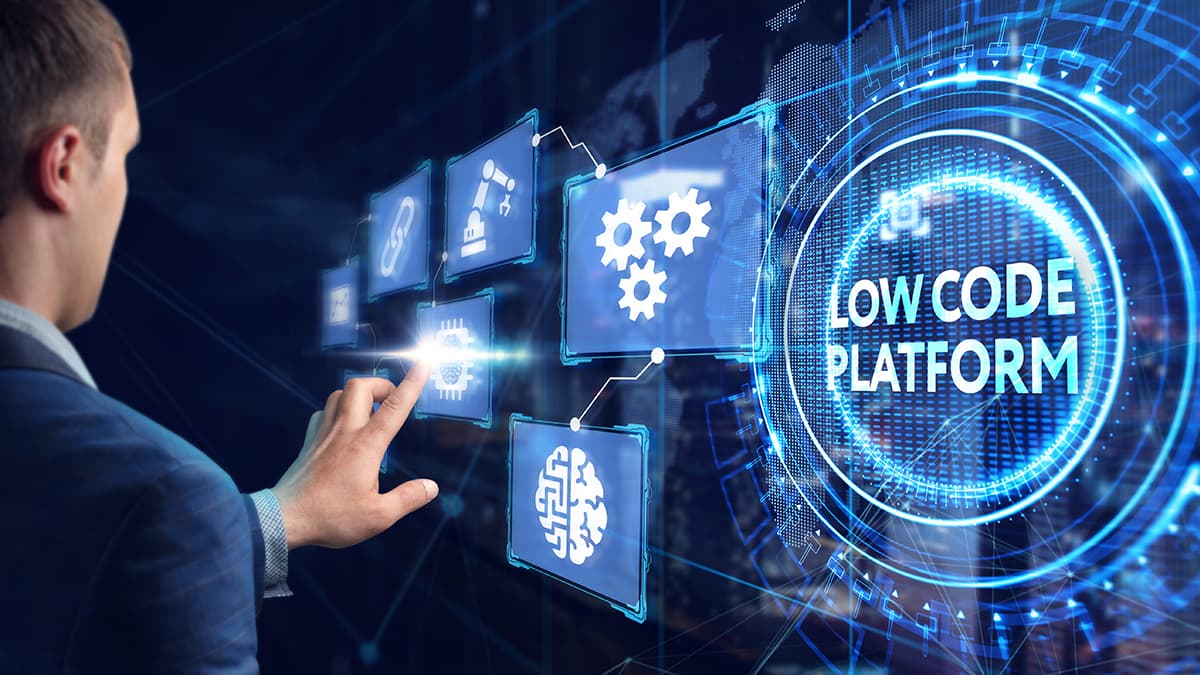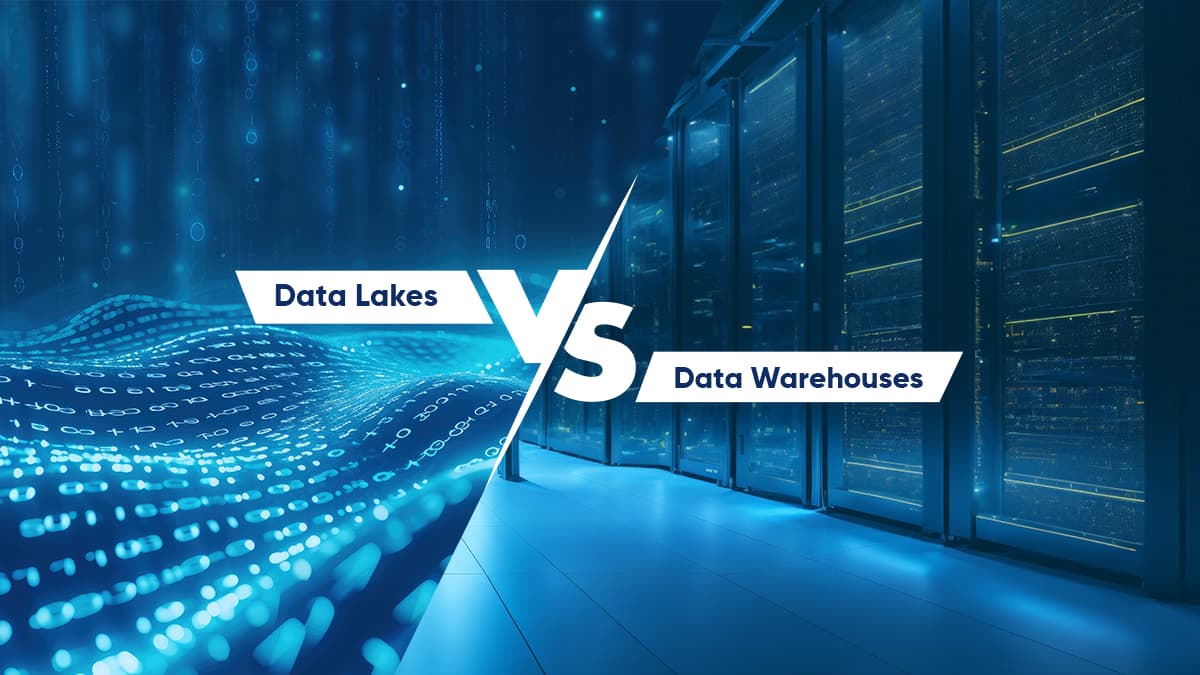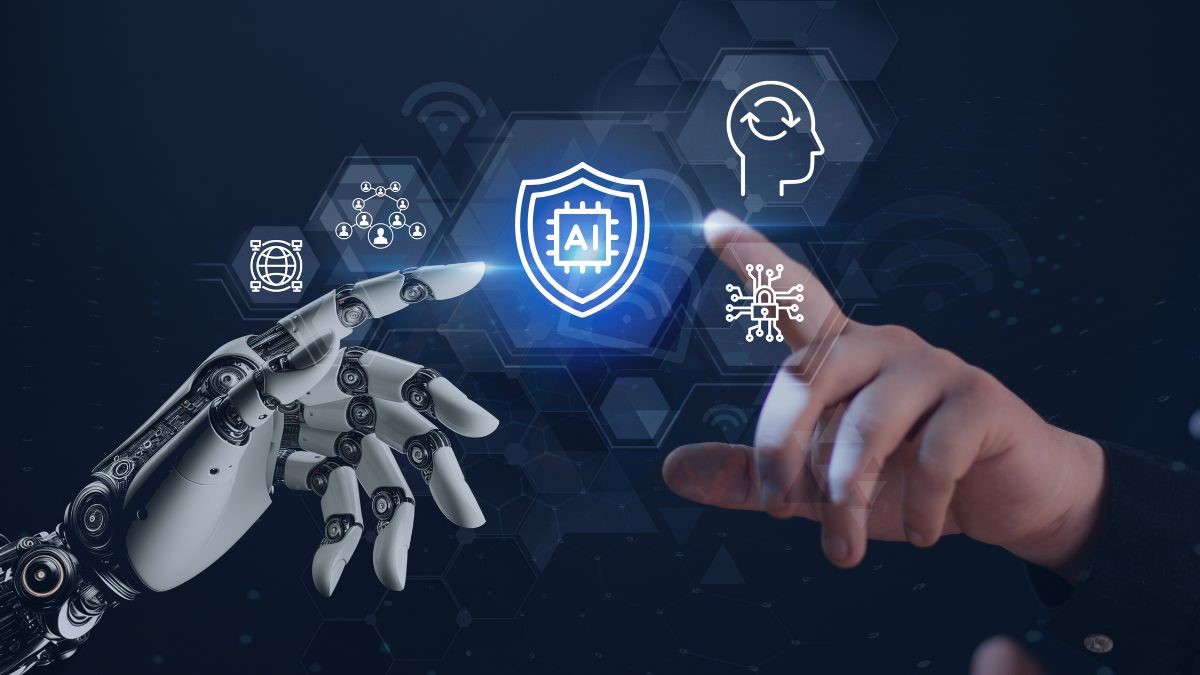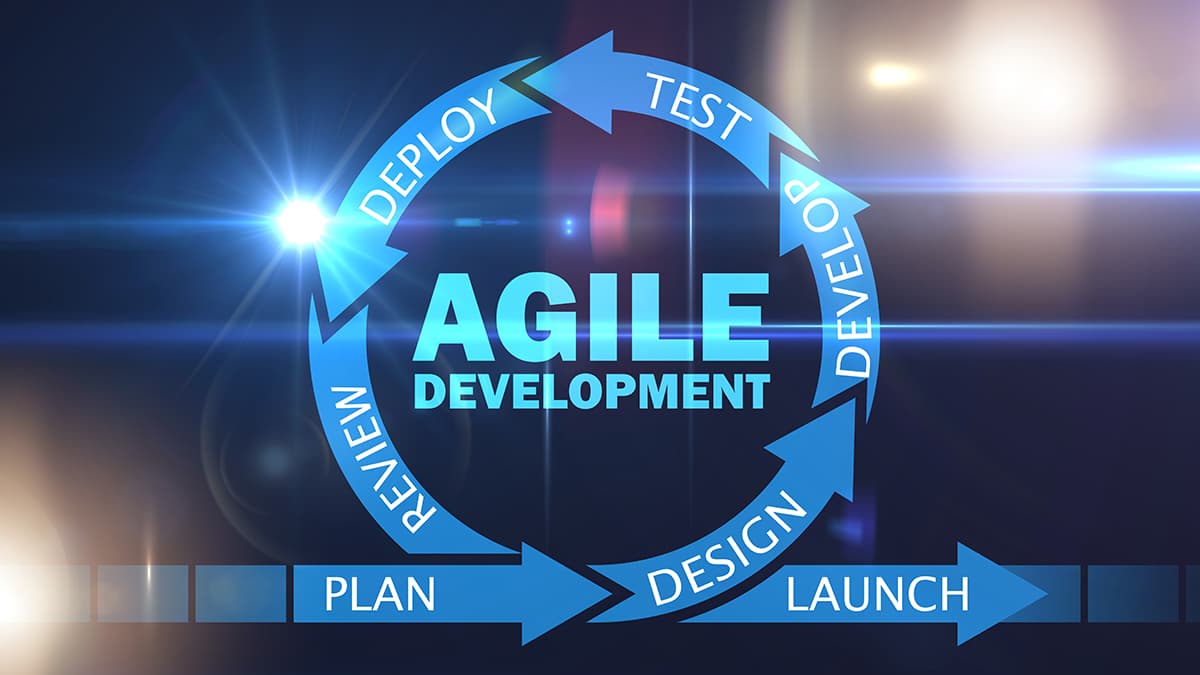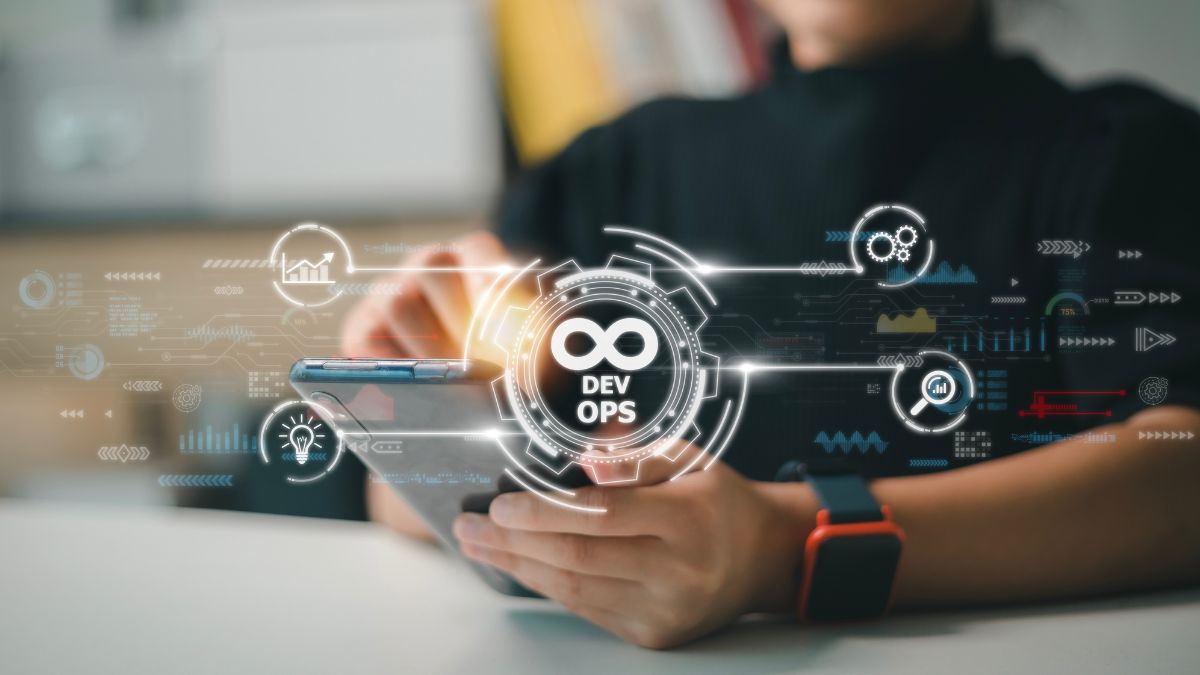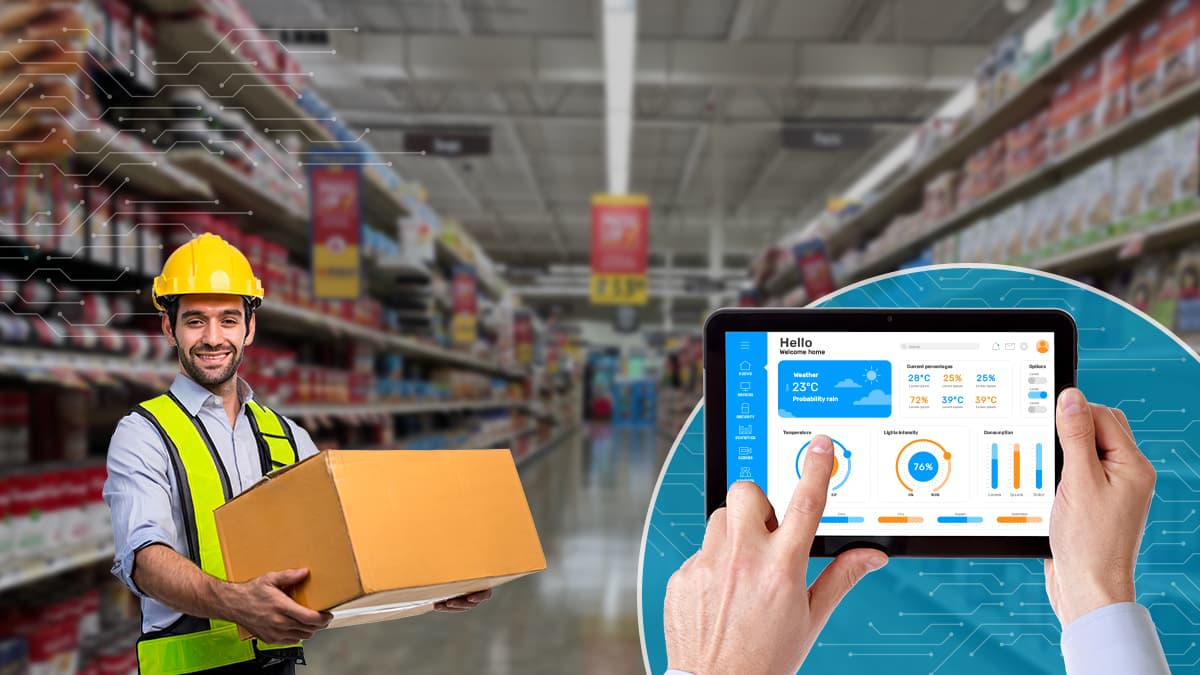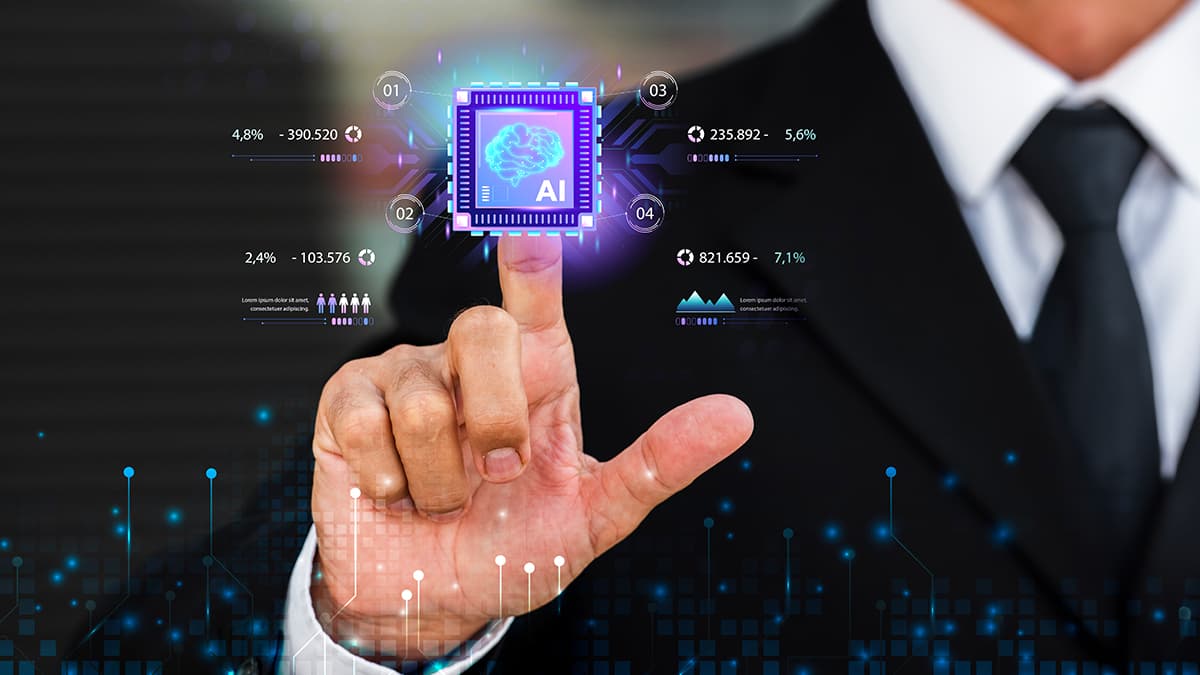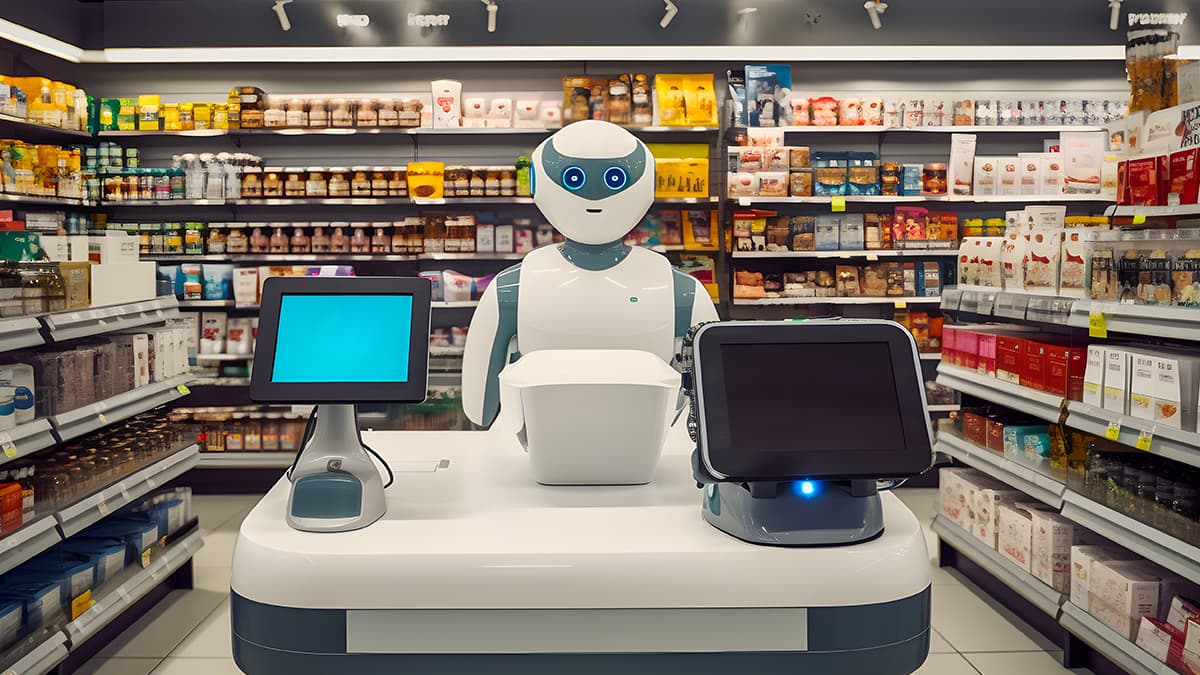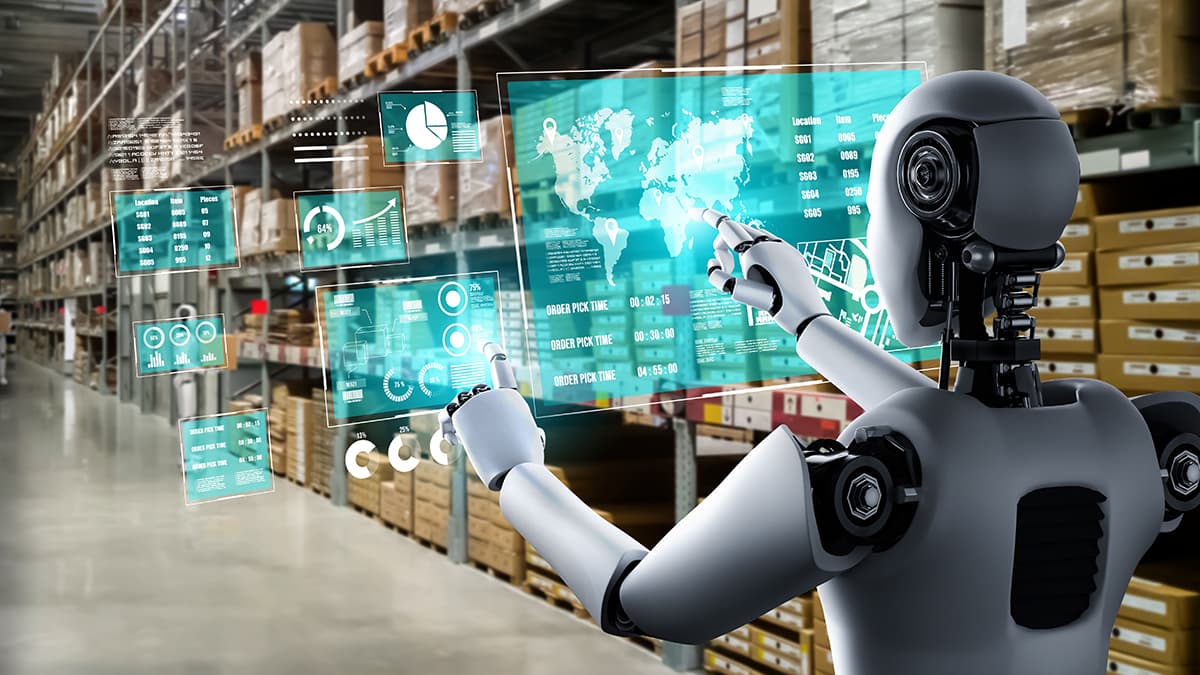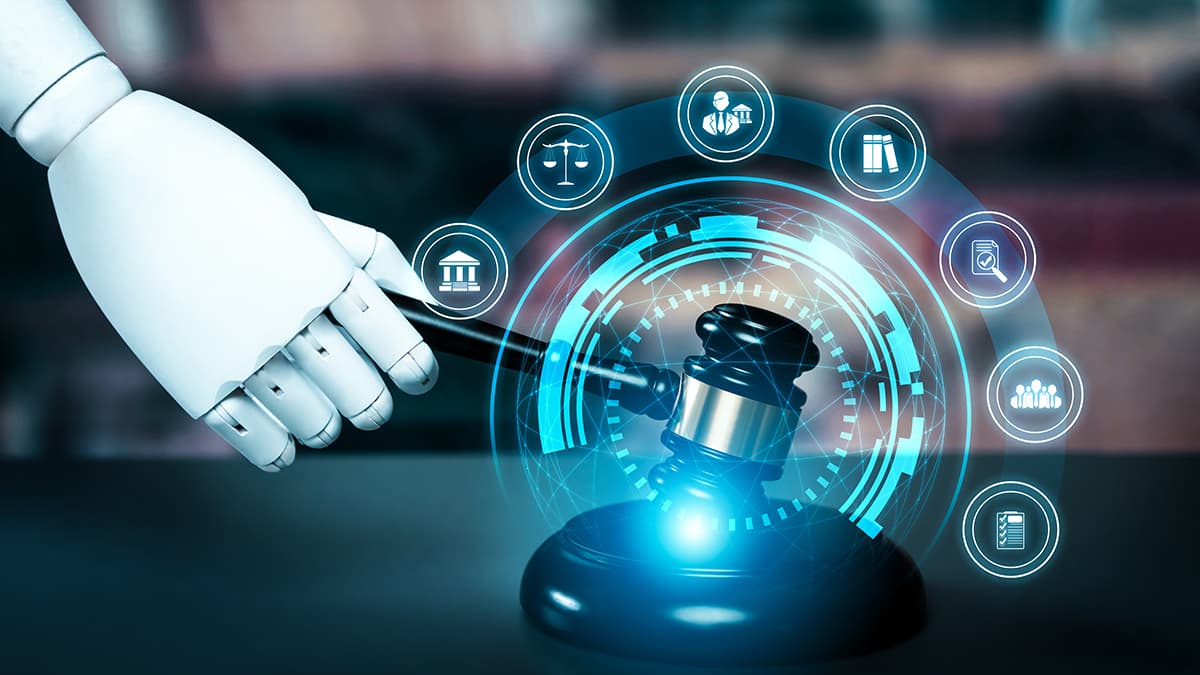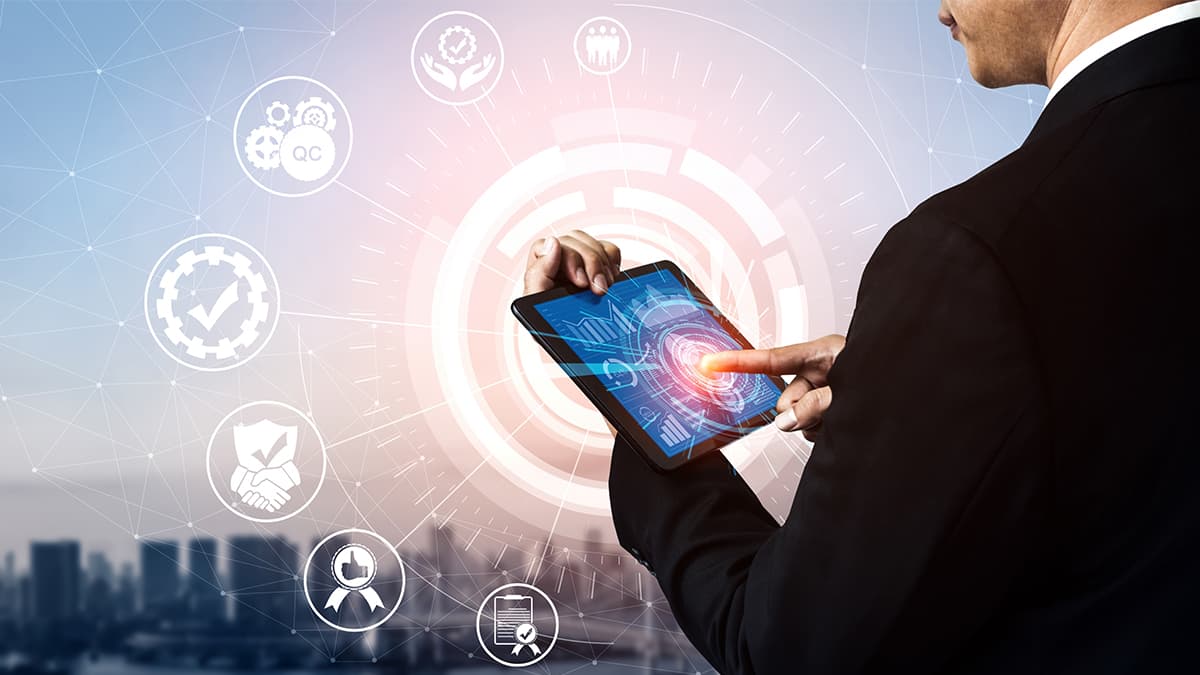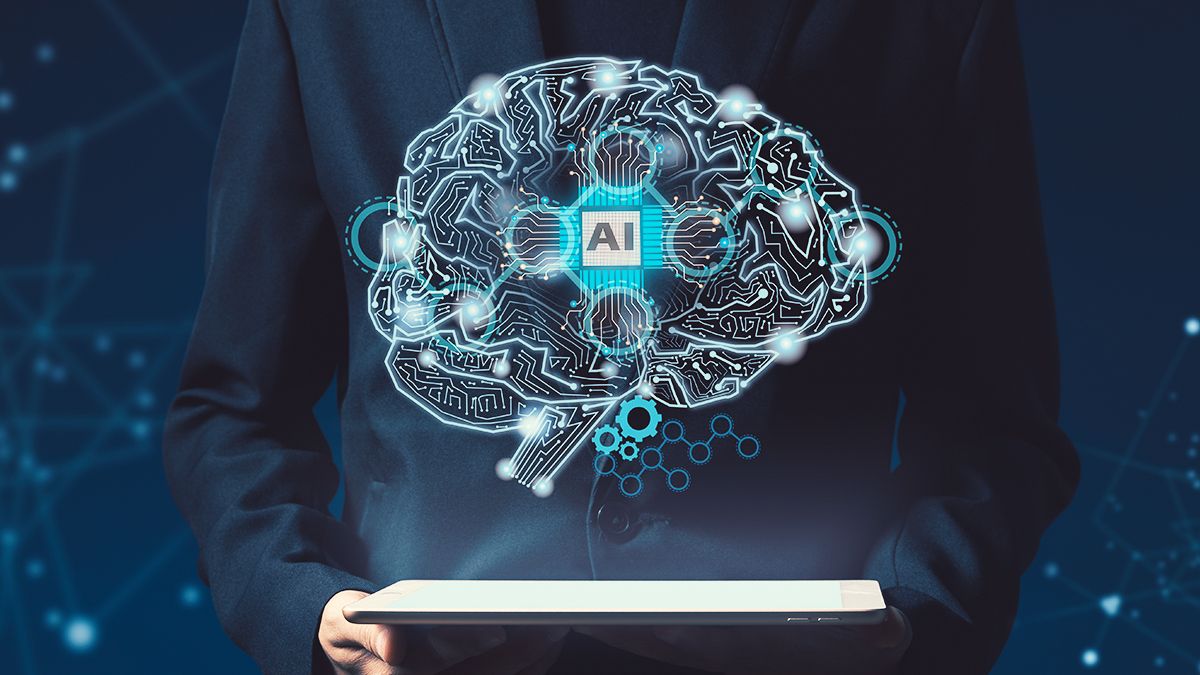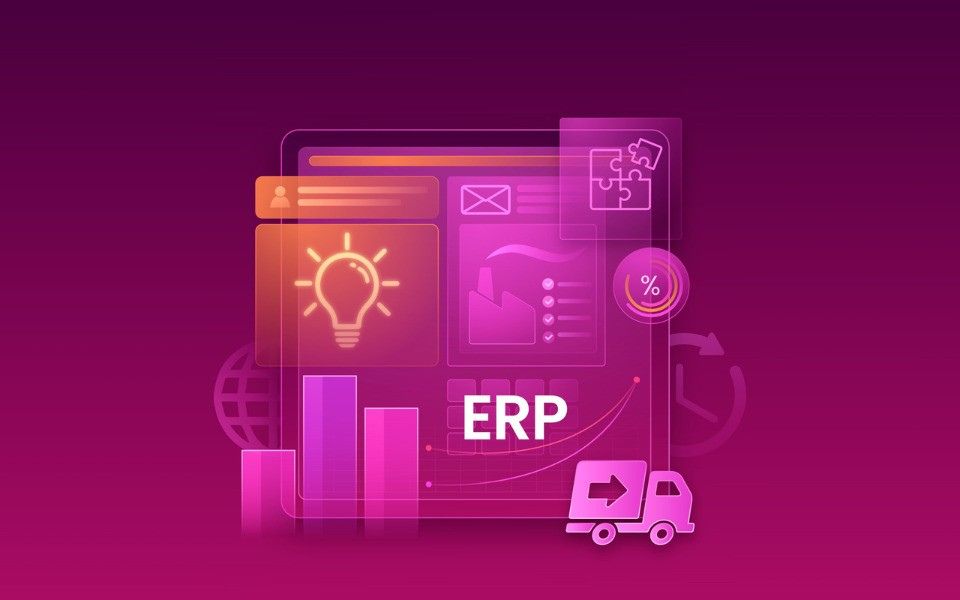
In today’s hyper-connected world, businesses are generating more data than ever before. From autonomous vehicles to smart manufacturing, processing information in real-time has become essential for staying competitive. The faster a company can analyze and act on data, the more agile, efficient, and customer-centric it can be.
That is where edge computing makes a real difference. Businesses can make faster, smarter decisions by bringing data processing closer to the data source without relying solely on centralized cloud infrastructure. It is not just about speed; it is about improving operational responsiveness, cutting costs, and creating new opportunities for innovation across industries.
What Is Edge Computing?
_(1)_1738231525.jpeg)
Think of edge computing as the ability to process data right at the point of creation, whether in a manufacturing plant, a hospital, or a retail store, rather than sending all data to a remote cloud server. This localized processing approach minimizes latency, optimizes bandwidth usage, and strengthens security.
Instead of waiting for data to travel across networks to centralized data centers, edge computing allows IoT devices, sensors, and localized servers to handle processing tasks in real time.
Key Benefits of Edge Computing
• Faster Decision-Making: Real-time processing allows businesses to respond instantly, which is crucial in industries such as healthcare, manufacturing, and autonomous transportation.
• Cost Efficiency: Processing data locally reduces the dependency on cloud services, minimizing bandwidth costs and optimizing IT resource allocation.
• Enhanced Security & Compliance: Sensitive data remains closer to its source, reducing exposure to cyber threats and simplifying compliance with data privacy regulations.
• Improved Reliability: Even in scenarios of connectivity issues, edge systems can continue to function independently without reliance on constant cloud access.
How Edge Computing Works
Imagine a city with fire stations strategically placed across neighborhoods rather than a single station at the center. This distributed setup ensures a faster response to emergencies, mirroring how edge computing decentralizes processing to accelerate business operations.
Similarly, edge computing operates through a distributed network of edge nodes that are dedicated servers with high-performance storage and processing power. These nodes handle real-time data locally, sending only essential insights to central servers for broader analysis.
By strategically deploying these edge nodes, businesses gain:
• Faster response times (up to 50% lower latency)
• Lower bandwidth costs by reducing unnecessary data transfers
• Enhanced security through localized data processing that minimizes exposure to cyber threats
Key components of an edge computing ecosystem include:
_1738231630.jpeg)
• Edge Devices: IoT sensors, cameras, and connected equipment that generate and collect data in real time.
• Edge Gateways: Acting as a bridge, these devices securely connect edge devices to central systems while filtering and processing critical data locally.
• Edge Servers: Small-scale, localized data centers that perform complex computations, sending only necessary insights to the cloud.
Edge vs. Cloud: Striking the Right Balance
While cloud computing provides centralized control, scalability, and long-term data storage, edge computing focuses on delivering speed, agility, and localized intelligence. A hybrid approach is often the best strategy, combining the strengths of both paradigms.
The Hybrid Advantage:
• Mission-critical data gets processed instantly at the edge.
• Non-time sensitive data is stored and analyzed in the cloud.
• Businesses achieve cost optimization without sacrificing performance.
Real-World Applications of Edge Computing
• Autonomous Vehicles:
Self-driving cars rely on real-time edge processing to analyze sensor data instantly, ensuring safety and performance in dynamic environments.
• Smart Cities:
Intelligent traffic systems, energy grids, and public safety networks leverage edge computing to reduce congestion, enhance security, and optimize energy usage.
• Retail:
Retailers use edge solutions to track inventory, analyze customer behavior, and personalize shopping experiences in real time.
• Healthcare:
Edge computing enables remote patient monitoring, where health data is processed locally for immediate responses to critical conditions.
• Manufacturing:
Smart factories leverage edge computing to monitor equipment health, detect potential failures, and optimize production processes in real time.
Challenges of Implementing Edge Computing
Despite its numerous benefits, the implementation of edge computing presents several challenges that businesses must navigate carefully.
• Integration Complexities: Many edge solutions lack universal standards, complicating integration across platforms. Combining diverse IoT devices, legacy systems, and cloud environments requires careful planning and execution.
• Security Risks: As edge devices process sensitive data outside traditional data centers, security must be a top priority. Best practices, such as encryption, zero-trust security, and intrusion detection, must be implemented.
• Operational Oversight: Managing multiple edge nodes requires advanced monitoring tools and AI-driven insights to ensure seamless operations.
The Future of Edge Computing
_1738231577.jpeg)
As technologies such as AI, 5G, and IoT continue to advance, edge computing is poised to unlock even greater potential for businesses across industries.
What’s next for edge computing?
• AI-Powered Edge Solutions: Autonomous systems capable of intelligent, real-time decision-making at the edge.
• 5G Connectivity: Ultra-low latency communication that enhances edge computing capabilities across industries.
• Sustainable IT Initiatives: Energy-efficient edge solutions that align with corporate sustainability goals.
For forward-thinking enterprises, adopting edge computing is not just a technological shift. It is a strategic move towards building a more agile, efficient, and resilient business model.
Want to start a project?
Get your Free ConsultationOur Recent Blog Posts

© 2025 CSM Tech Americas All Rights Reserved


